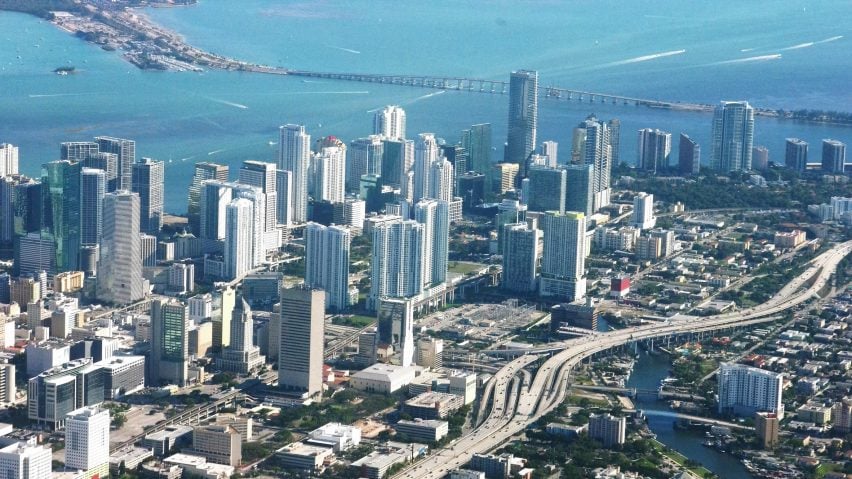
Climate Gentrification theory suggests rich are moving to higher, low-income neighbourhoods
Climate change is causing waves of gentrification in the cities most vulnerable to rising sea levels, as the wealthy move to poorer areas with a lower risk of flooding, according to a recent study.
Coined Climate Gentrification, the theory and its potential affects on urban migration are outlined in a research paper written by Jesse M Keenan, Thomas Hill and Anurag Gumber.
"Climate Gentrification is based on a simple proposition: climate change impacts arguably make some property more or less valuable by virtue of its capacity to accommodate a certain density of human settlement and its associated infrastructure," said the paper's introduction.
The authors argue that as water levels rise, a trend is emerging for high-income households moving away from low-lying coastal areas to higher ground further inland – traditionally occupied by those less well-off.
Wealthy investors swapping risky Miami Beach for safer Little Haiti
They use Florida's Miami-Dade County as a primary case study. The article presents evidence that instead of buying in wealthy Miami Beach, which lies at an extremely low elevation and is already prone to flooding, affluent property seekers are gradually opting for areas like Little Haiti on the mainland.
Despite the neighbourhood's lack of luxury amenities, this is seen by some as a better investment, as properties at lower elevations are predicted to see less appreciation than those on higher ground due to the risks of climate change.
This phenomenon is branded in the report as a Superior Investment Pathway – meaning those with more money are moving to places where the general population has less, and are spending on real estate and infrastructure.
Venetians moving inland to avoid flood-defence costs
Two other branches of Climate Gentrification are also outlined in the study. The first is the Cost-Burden Pathway, which describes the movement of lower-income households away from areas where the price of creating and maintaining infrastructure intended to protect against rising sea levels is becoming too high.
The example given here is Venice, where those who can't afford expensive flood defences are uprooting to Mestre on the mainland, the article suggests.
The final pathway included in the report is the Resilience Investment Pathway, which "relates to the unintended consequences of making public investments in the engineered resilience of buildings and infrastructure".
Expensive climate-focussed schemes causing displacement in Copenhagen
Increased taxes and rents to pay for schemes like the flooding mitigation efforts in Copenhagen's St Kjeld Climate District is causing displacement of low- and mid-income tenants, according to the study.
Cities including New York, Boston and San Francisco are among those also moving to implement improved flood defences, which could have similar consequences.
Overall, the authors predict that each pathway associated with Climate Gentrification will become more prevalent in cities across the globe as climate change escalates.
But they add that more research into the phenomenon is needed to better understand ways of "protecting our most vulnerable populations from long-term maladaptation in human settlements".
Photograph of Miami from above is by Ron Reiring, via Wikimedia Commons.